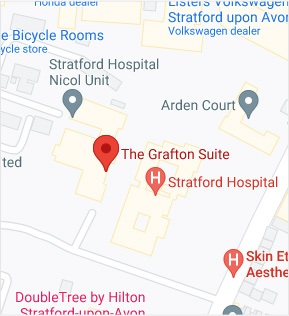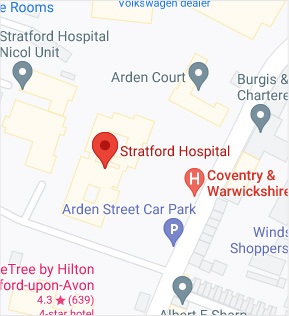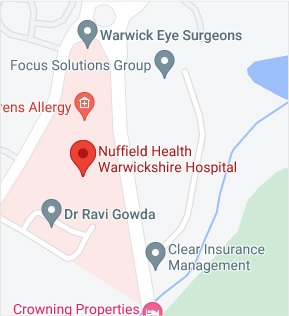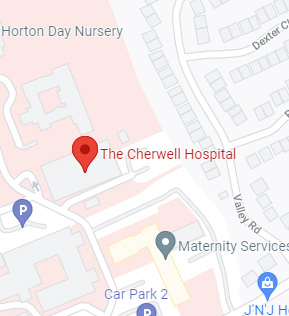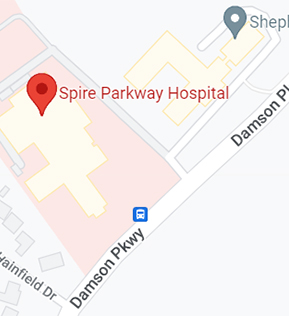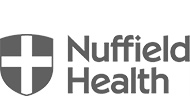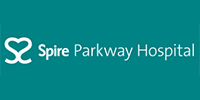Shoulder Anatomy
The shoulder is the most flexible joint in the body, enabling a wide range of movements. It is a ball-and-socket joint made up of three bones, namely the humerus (upper arm bone), scapula (shoulder blade) and clavicle. The head of the humerus articulates with the socket of the scapula called the glenoid cavity. The clavicle bone or collarbone is an S-shaped bone that connects the scapula to the sternum or breastbone. It forms two joints: the acromioclavicular joint, where it articulates with the acromion process of the scapula, and the sternoclavicular joint, where it articulates with the sternum or breastbone. Tendons and ligaments around the shoulder joint provide strength and stability to the joint.
What is a Shoulder Fracture?
A break in a bone that makes up the shoulder joint is called a shoulder fracture.
Types of Fractures
The clavicle and end of the humerus closest to the shoulder are the bones that usually get fractured. The scapula, on the other hand, is not easily fractured because of its protective cover by the surrounding muscles and chest tissue.
Causes of Shoulder Fracture
Clavicle and humerus fractures can occur by a direct hit from a motor vehicle accident, collision or fall. A fracture of the scapula can occur by high-energy trauma during an accident from a high-speed motor vehicle.
Signs and Symptoms of Shoulder Fracture
The common signs and symptoms of a shoulder fracture may include:
- Pain
- Swelling
- Bruising
- Difficulty in lifting your arm
- Numbness, tingling or coldness of the hand and forearm
- The popping sound also referred to as crepitus, heard or felt at the time of the fracture
Diagnosis of Shoulder Fracture
A shoulder fracture is usually diagnosed based on a thorough physical examination, and imaging studies such as X-rays and CT scans.
Treatments for Shoulder Fractures
The treatment for a shoulder fracture is based on the type of fracture. Treatment can include non-surgical and surgical methods.
A broken clavicle bone usually heals without surgery. Non-surgical treatments for shoulder fractures may include immobilisation by placing your arm in a sling, pain medication and physiotherapy. If the fracture has led to the displacement of the bones, then surgery may be required to correct and fix them with pins, plates or screws.
Post-surgery, physiotherapy may be recommended to aid in the recovery and improve range-of-motion and strength of the arm.


 REQUEST AN APPOINTMENT
REQUEST AN APPOINTMENT



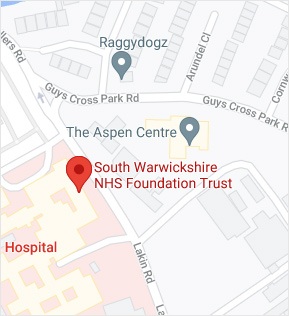
 Ext 4798
Ext 4798